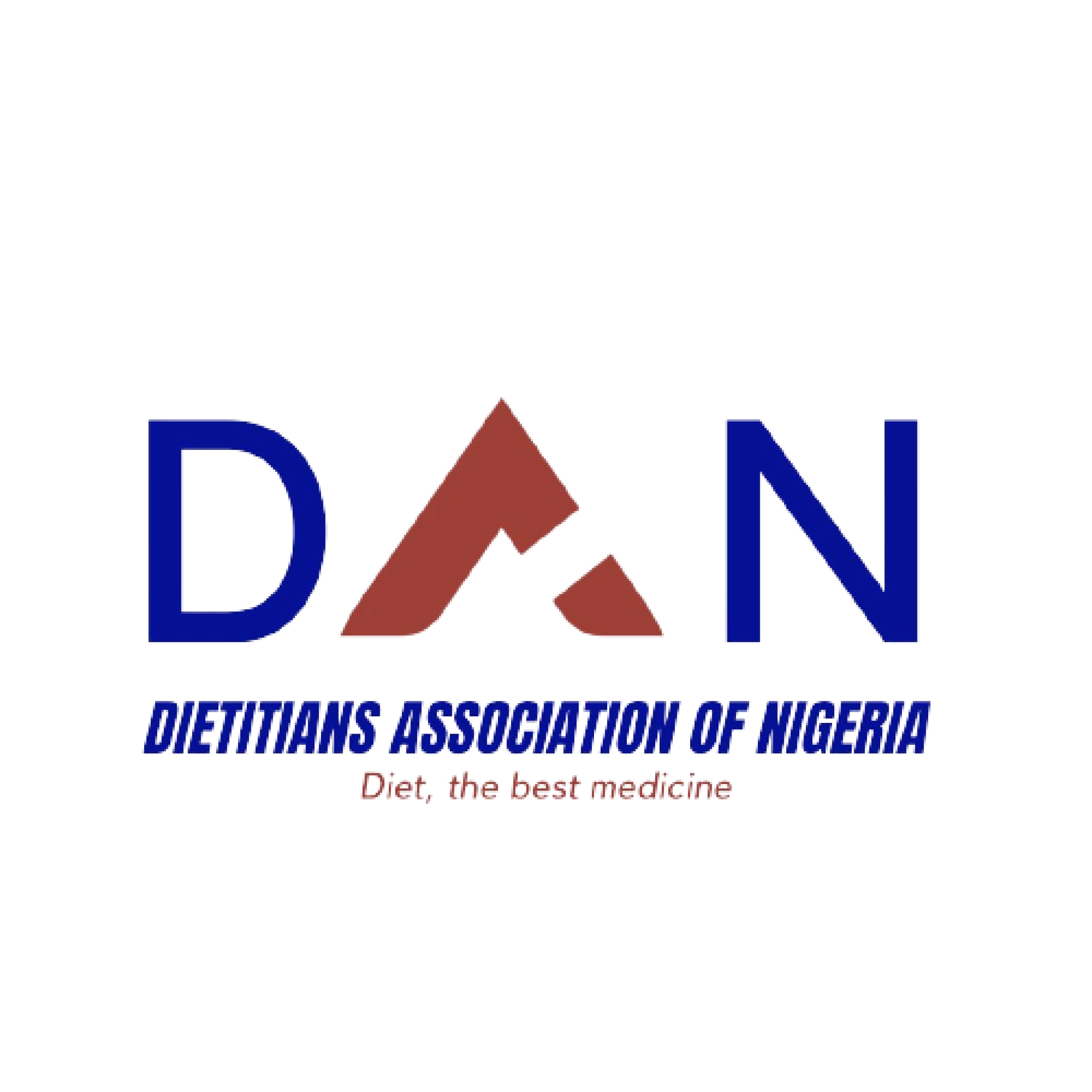
Our New Portal is Coming Soon!
We're meticulously crafting a more dynamic and resourceful experience for the Dietitian Association of Nigeria.

We're meticulously crafting a more dynamic and resourceful experience for the Dietitian Association of Nigeria.